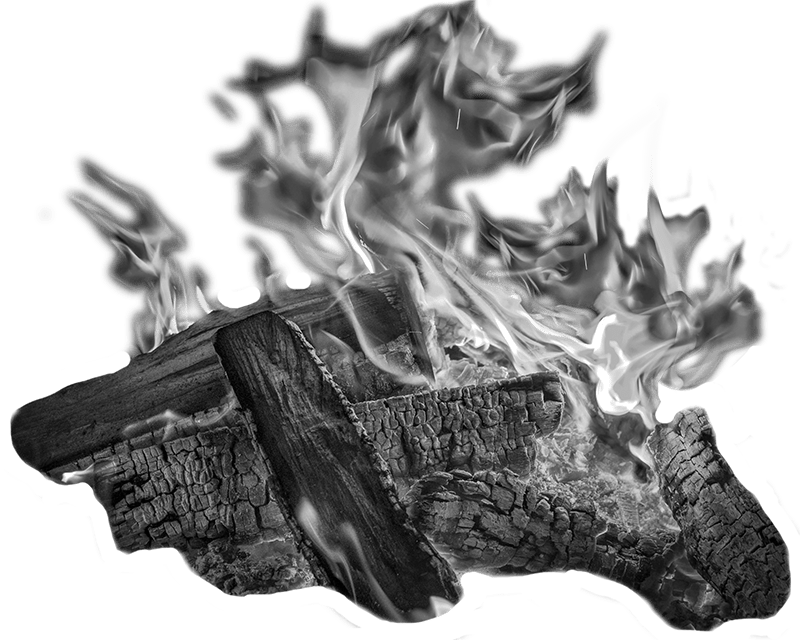
**Prioritize automatic shut-off valves** as your first line of defense—these critical sensors detect flame failure within seconds and immediately cut gas flow, preventing dangerous leaks that could lead to carbon monoxide buildup or explosion risks in your home. **Install flame failure devices** on every burner to ensure gas stops flowing the moment a flame extinguishes ... Read more
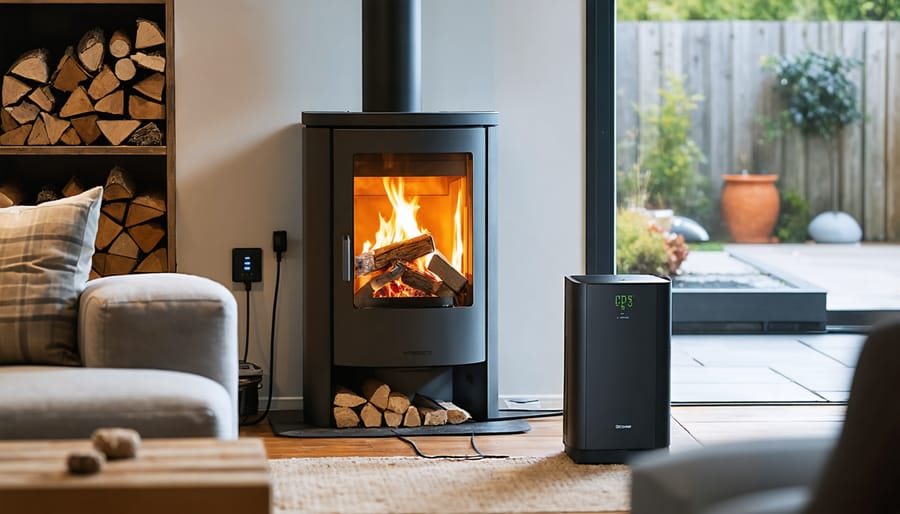
Understand your pellet stove’s electrical footprint before you buy or optimize what you already own. These appliances typically consume 100-200 watts during operation—comparable to running two standard light bulbs—which translates to roughly $10-$20 monthly in added electricity costs for average use. This modest power requirement drives essential components: the auger feed system, combustion blower, convection ... Read more
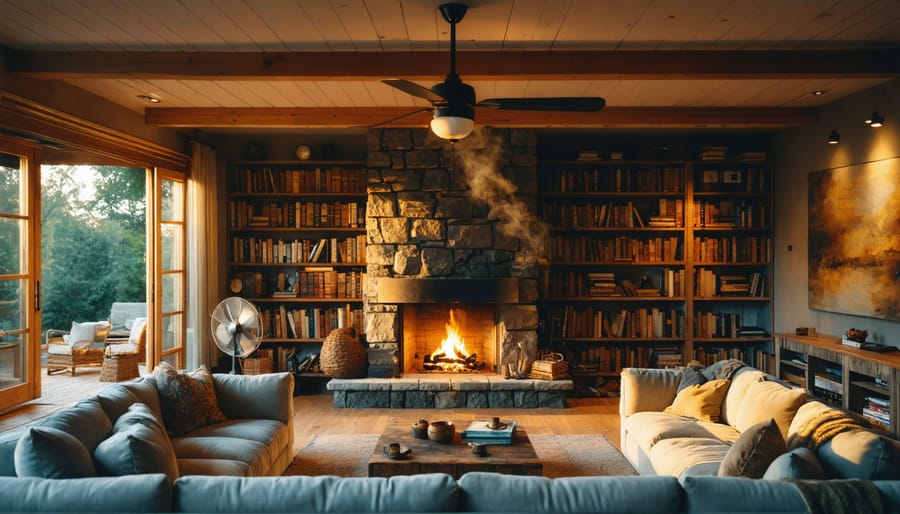
Understanding how warm air moves through your space transforms a struggling fireplace into an efficient heating powerhouse. Air circulation diagrams reveal the invisible patterns that determine whether heat stays trapped near your ceiling or flows throughout your entire room, making the difference between shivering in corners and enjoying cozy comfort everywhere. These visual guides show ... Read more
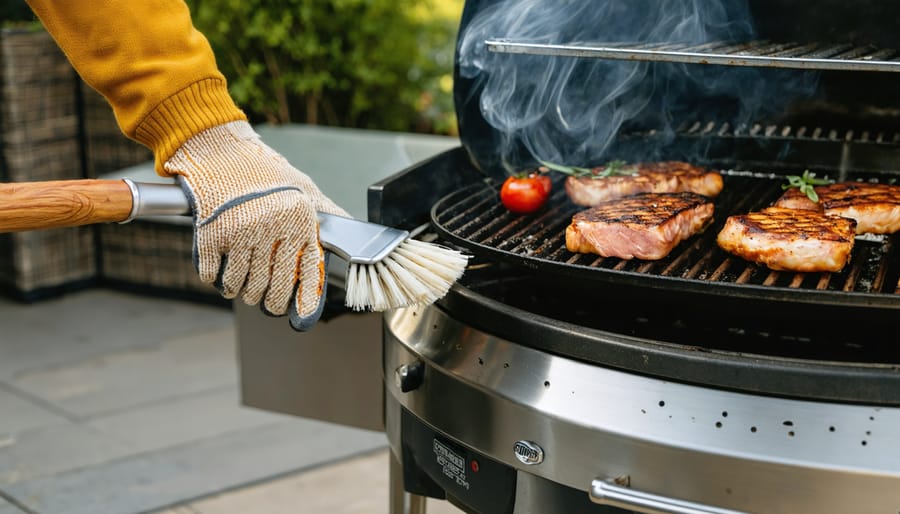
Inspect your Weber grill grates after every cook session, brushing away food debris while they’re still warm—this 60-second habit prevents stubborn buildup that leads to uneven heating and flare-ups. Empty the ash catcher on charcoal models weekly to maintain proper airflow and prevent rust from moisture-trapped residue. Check burner tubes monthly for spider webs and ... Read more
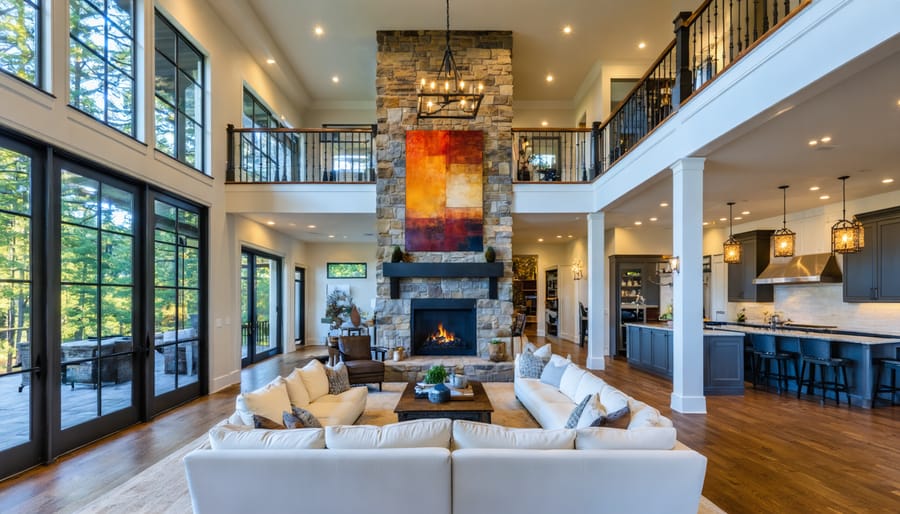
A two-story fireplace commands attention the moment someone enters your home, soaring from floor to ceiling as an architectural showpiece. Yet this dramatic vertical canvas often leaves homeowners puzzled about how to decorate it without overwhelming the space or leaving it awkwardly bare. The key lies in treating your tall fireplace as three distinct zones: ... Read more
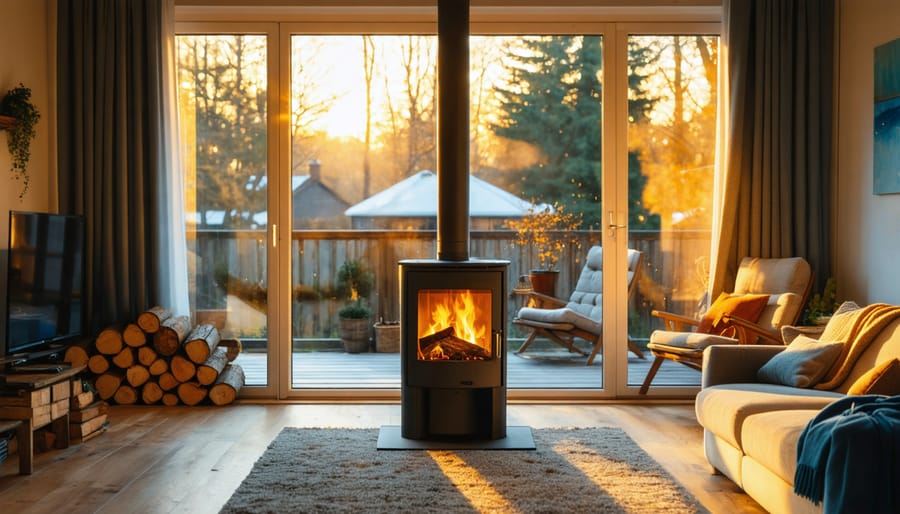
**Slash your heating bills by 30-50% this winter** by exploring proven alternatives that deliver real warmth without breaking the bank. While your central heating system churns through energy dollars, strategic supplemental heating solutions can transform how you heat your home—and what you spend doing it. **Layer your heating approach** instead of relying on a single ... Read more
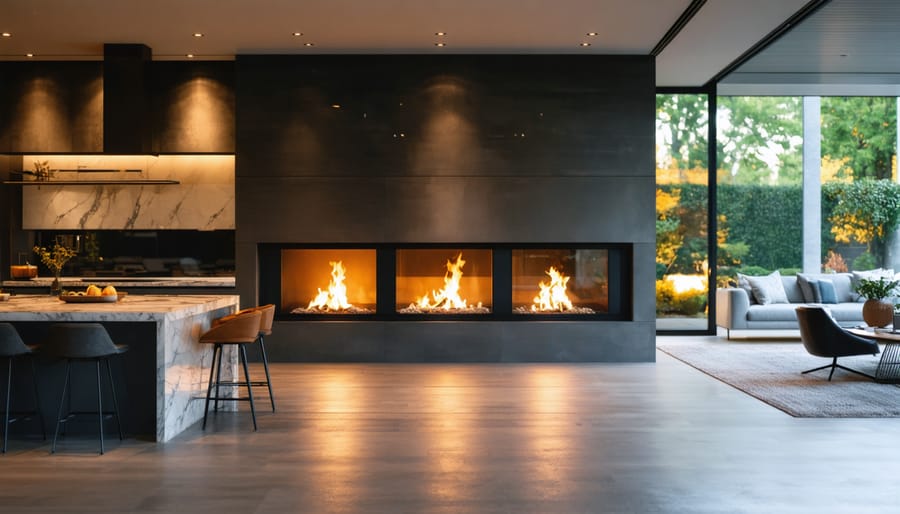
Picture a fireplace that doesn’t just warm one room—it transforms three spaces simultaneously, creating a stunning architectural centerpiece that pulls your entire home together. A 3-sided gas fireplace, also called a peninsula or three-way fireplace, offers transparent views from multiple angles, turning fire into living art that flows seamlessly between your kitchen, living room, and ... Read more
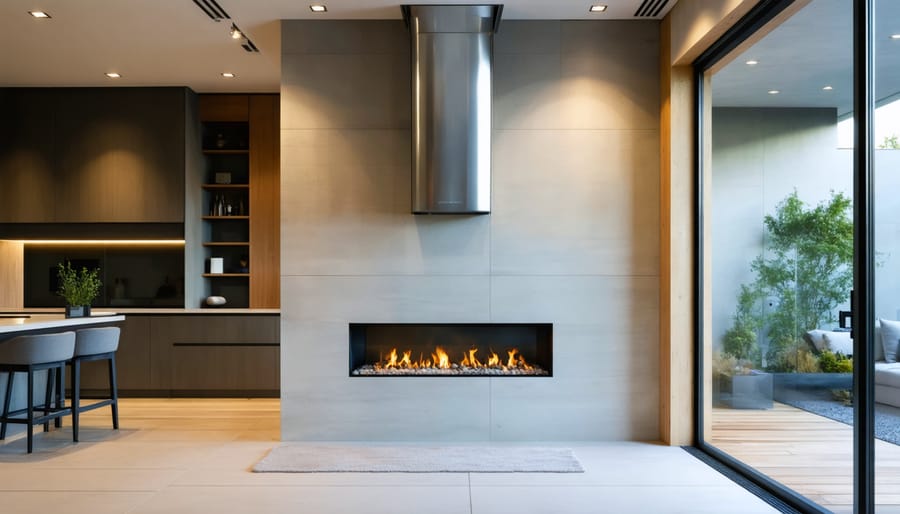
Choose a 6-inch diameter pipe when your bathroom fireplace produces over 40,000 BTUs or when manufacturer specifications explicitly require it—undersizing creates dangerous carbon monoxide risks and violates building codes. Match your pipe material to your fuel type: stainless steel for gas fireplaces, double-wall for wood-burning units, and always verify clearance distances from combustible materials like ... Read more
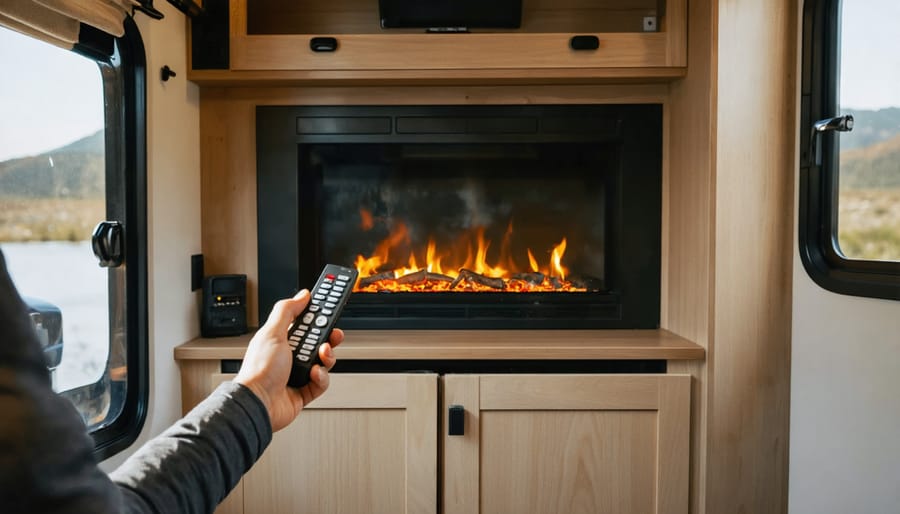
Check your circuit breaker first—RV electrical systems are sensitive to power draws, and electric fireplaces often trip breakers when competing with other appliances. Reset the breaker, then test your fireplace alone before adding other devices to the circuit. Inspect the power cord and outlet connection for looseness caused by road vibration, as RV travel constantly ... Read more
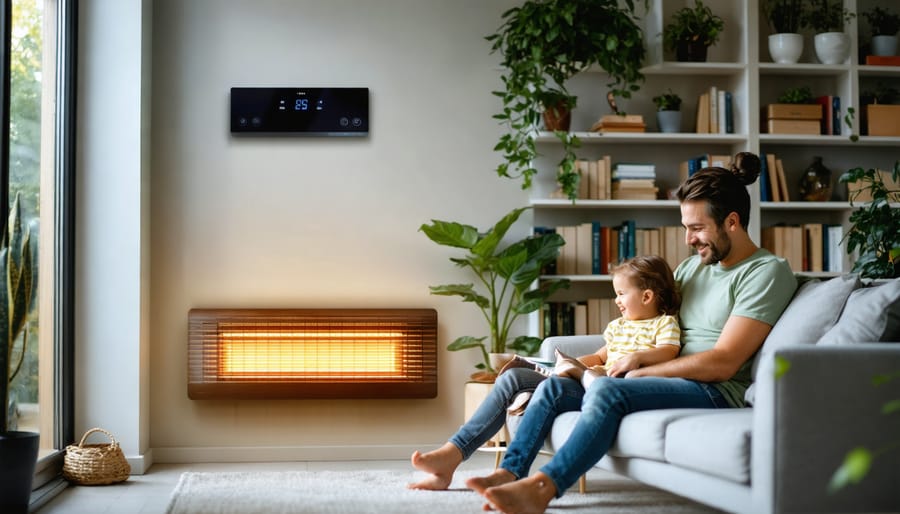
**Infrared heating is safe when used correctly**—and understanding exactly why can transform your approach to home comfort. Unlike traditional heating that warms the air (and all its dust), infrared heaters work like the sun, delivering gentle, direct warmth through electromagnetic waves that pose no health risks at safe distances. The confusion often stems from misunderstanding ... Read more
